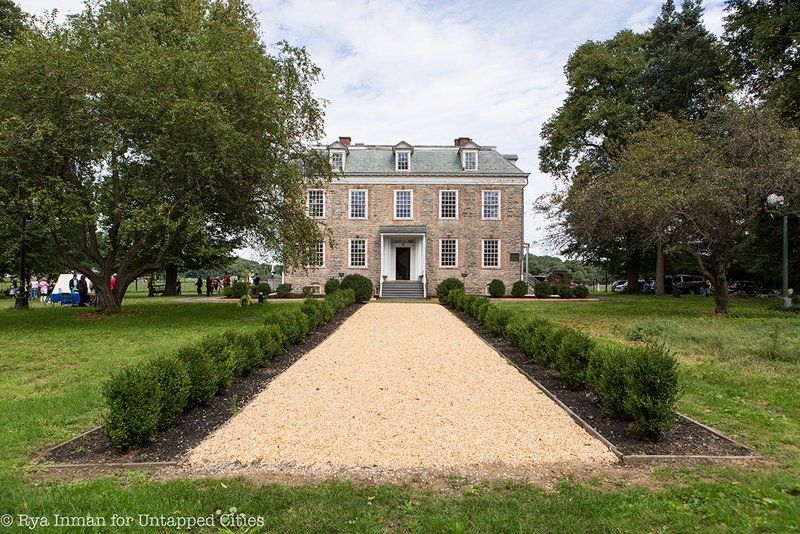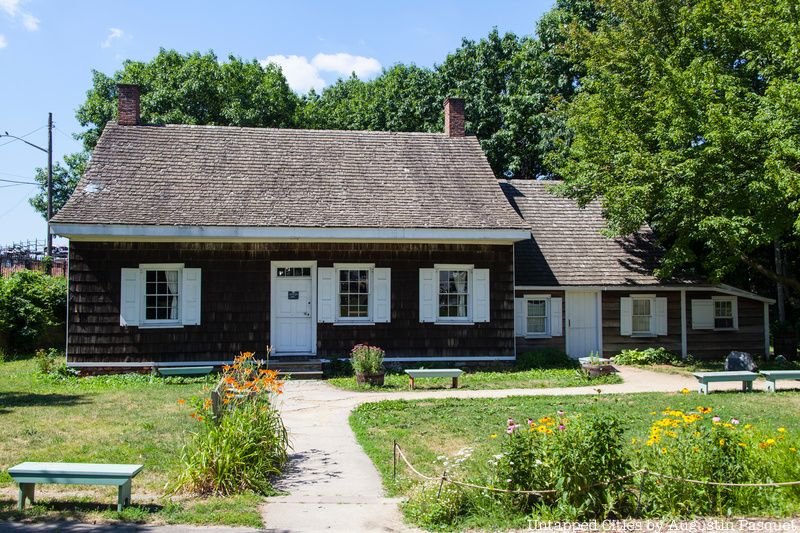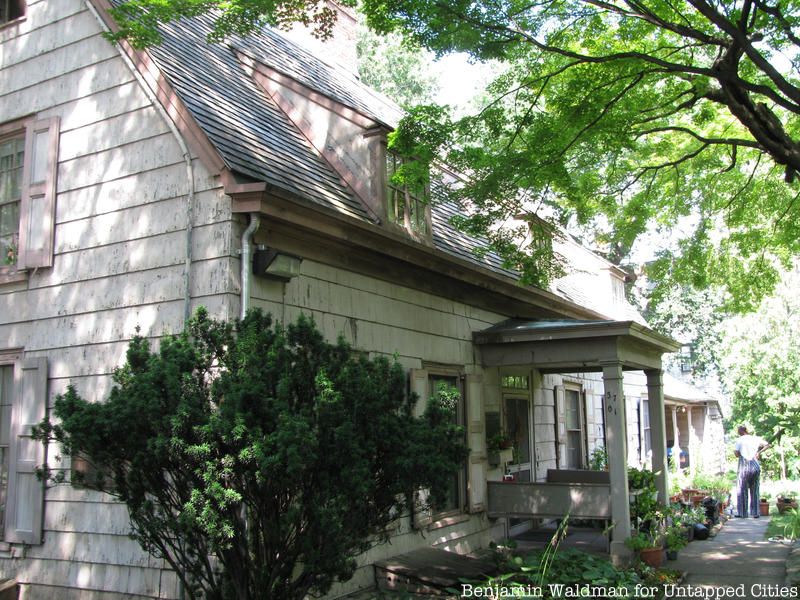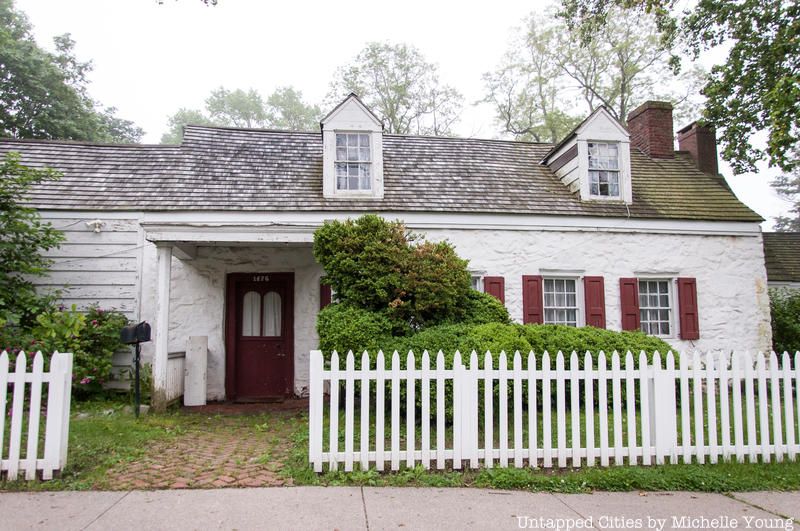NYC’s Forgotten ‘War on Christmas Trees’
Discover how an obscure holiday crackdown affects festive street vendors today!



Hidden between modern skyscrapers and nineteenth century row houses are remnants of the City’s Dutch past. While the Bronx and Manhattan only have a couple of vestiges of their Dutch past remaining, Queens, Brooklyn, and Staten Island still possess numerous remnants from that era. Below, we explore the oldest building in each borough, which range from a 17th century farmhouse to an 18th century church.

The Wyckoff Farmhouse is located at 5816 Clarendon Road, in Canarsie, and its oldest section dates from circa 1652. Pieter Claesen Wyckoff arrived in New Netherlands in 1637 as an indentured servant to the van Rensselaer family. He went on to become a successful farmer and magistrate. Over the centuries, additions were made to the house and its land was sold away. On December 24, 1967, it became the first building designated as a New York City landmark. Today, the house is open to the public and is operated under the auspices of the Historic House Trust.

The circa 1661, Bowne House, in Flushing, was constructed by John Bowne. Bowne was a Quaker who was instrumental in bringing religious freedom to the burgeoning colony. In 2009, the wood-frame house joined the Historic House Trust. It is currently under renovation and will hopefully be open to the public again soon. Queens is also home to the oldest private residence in New York City, the Lent-Riker-Smith House.

The Billou-Stillwell-Perine House was constructed in 1662 (possibly 1665 according to other sources). It was by Pierre Billou, a Huguenot, though he did not remain there for long. In 1679, Thomas Stilwell purchased the house. His descendants owned the property through the mid-eighteenth century, at which point Edward Perine bought it (hence the house’s extremely long name). The Perine family remained there until 1913. The house is now part of Historic Richmond Town, which is a great reason to travel to Staten Island. Historic Richmond Town is akin to Colonial Williamsburg, except here, none of the buildings are recreations.

St. Paul’s Chapel was constructed in 1764, opened in 1766, and designed by Thomas McBean. McBean was inspired by London’s St. Martin in the Fields and the Choragic Monument in Athens. The church possesses George Washington’s pew, where he prayed on his first inauguration day, and “Glory,” a work of art designed by Pierre L’Enfant. The church is part of the parish of Trinity Church and hosts concert series in addition to daily prayer services.
(By some accounts, Fraunces Tavern, which contains George Washington’s tooth, is the oldest building in Manhattan. However, it is not included here because most of the building is a recreation or extreme restoration.)

In 1748, Frederick Van Cortlandt built the Georgian Van Cortlandt House. During the Revolutionary War, George Washington and British General Sir William Howe both stayed in the house and Rochambeau and Lafayette made use of it. The house and its surrounding estate remained under Van Cortlandt control util 1896 when the family sold it to the City of New York. Shortly thereafter, it became the City’s first historic house museum. The house is operated by The National Society of Colonial Dames in the State of New York, and is a member of the Historic House Trust. It is open to the public and easily accessible in Van Cortlandt Park.
Subscribe to our newsletter